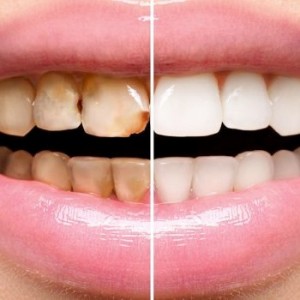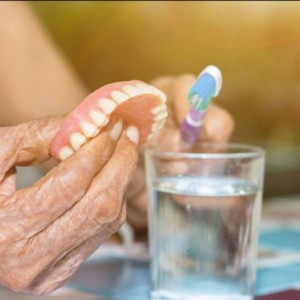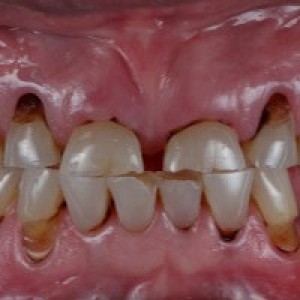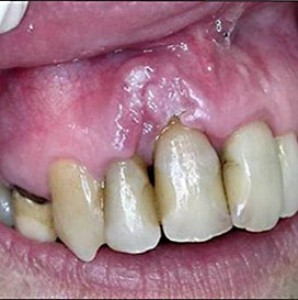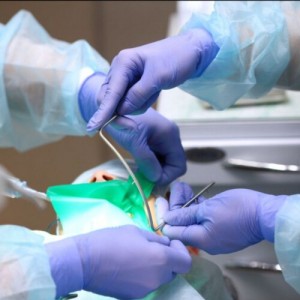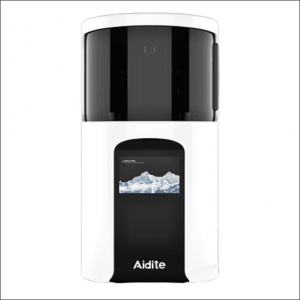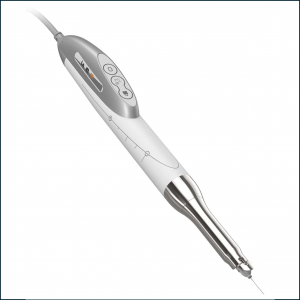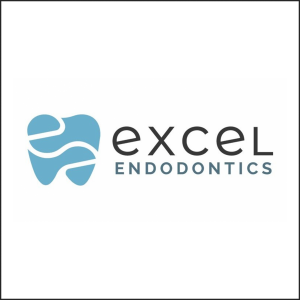
Clinical Dental Application of Er:YAG Laser for Class V Cavity Preparation
Following the development of the ruby laser by Maiman in 1960, the Nd:YAG laser, the Co2 laser, the semiconductor laser, the He-Ne laser, excimer lasers, the argon laser, and finally the Er:YAG laser capable of cutting hard tissue easily were developed and have come to be applied clinically. In the present study, the Er:YAG laser emitting at a wavelength of 2.94 μm developed by Luxar was used for the clinical preparation of class V cavities.
Parameters of 8 Hz and approx. 250 mJ/pulse maximum output were used for irradiation. Sixty teeth of 40 patients were used in this clinical study. The Er:YAG laser used in this study was found to be a system suitable for clinical application. No adverse reaction was observed in any of the cases. Class V cavity preparation was performed without inducing any pain in 48/60 cases (80%). All of the 12 cases that complained of mild or severe intraoperative pain had previously complained of cervical dentin hypersensibility during the preoperative examination. Cavity preparation was completed with this laser system in 58/60 cases (91.7%).
No treatment-related clinical problems were observed during the follow-up period of approx. 30 days after cavity preparation and resin filling. Cavity preparation took between approx. 10 sec and 3 min and was related more or less to cavity size and depth. Overall clinical evaluation showed no safety problem with very good rating in 49 cases (81.7%).
Authors: KOUKICHI MATSUMOTO, YUKIO NAKAMURA, KAZUKO MAZEKI, and YUICHI KIMURA
Source: https://www.liebertpub.com/
 Related articles
Related articles
This systematic review aimed to provide an overview of zirconia implants as well as regarding the outcome of the implant-restorative complex in preclinical studies.
The concept of the minimal important difference (MID) of an oral health-related quality of life (OHRQoL) questionnaire has been proposed to refer to the smallest OHRQoL score difference considered to...
Digital Dentistry 14 August 2025
Application of digital workflow and technologies in clinical paediatric dentistry: a scoping review
The purpose of the present scoping review is to map the literature reporting on the application of digital workflows and digital technologies in the diagnosis, treatment, or management of dental...
The purpose of restorative dentistry is to restore and maintain health and functional comfort of the natural dentition combined with satisfactory aesthetic appearance.
Candida albicans is a ubiquitous, dimorphous yeast; it has been known for many centuries, and has the potential to cause human disease under specific circumstances and conditions.
 Read more
Read more
Oral Hygiene & Prevention 03 October 2025
Dental treatment planning and management for the mouth cancer patient
The need to deliver cancer treatment promptly often requires modification of ideal dental treatment plans.
Editorials 03 October 2025
To help stock the Filling Station, a food pantry open to anyone in our ASOD family who is experiencing food insecurity or needs help making ends meet, Adams School of Dentistry is holding a food...
Products 03 October 2025
From Scan to Smile: Aidite’s EZPRINT-P1 and Rapid 3 Deliver a Complete Digital Workflow
Digital dentistry thrives on precision, efficiency, and integration. Aidite has long been a leader in advancing these principles. With the introduction of the EZPRINT-P1 3D Printer, the company now...
Products 03 October 2025
Dentalhitec Americas recently announced the official U.S. launch of QuickSleeper5, following FDA clearance. Even prior to its American debut, demand from dentists for the QuickSleeper5.
News 03 October 2025
Excel Endodontics, a new specialty dental practice founded by endodontist Dr. Rachel Halpern, is proud to announce its official opening in Marlboro, New Jersey, along with the launch of its new...



